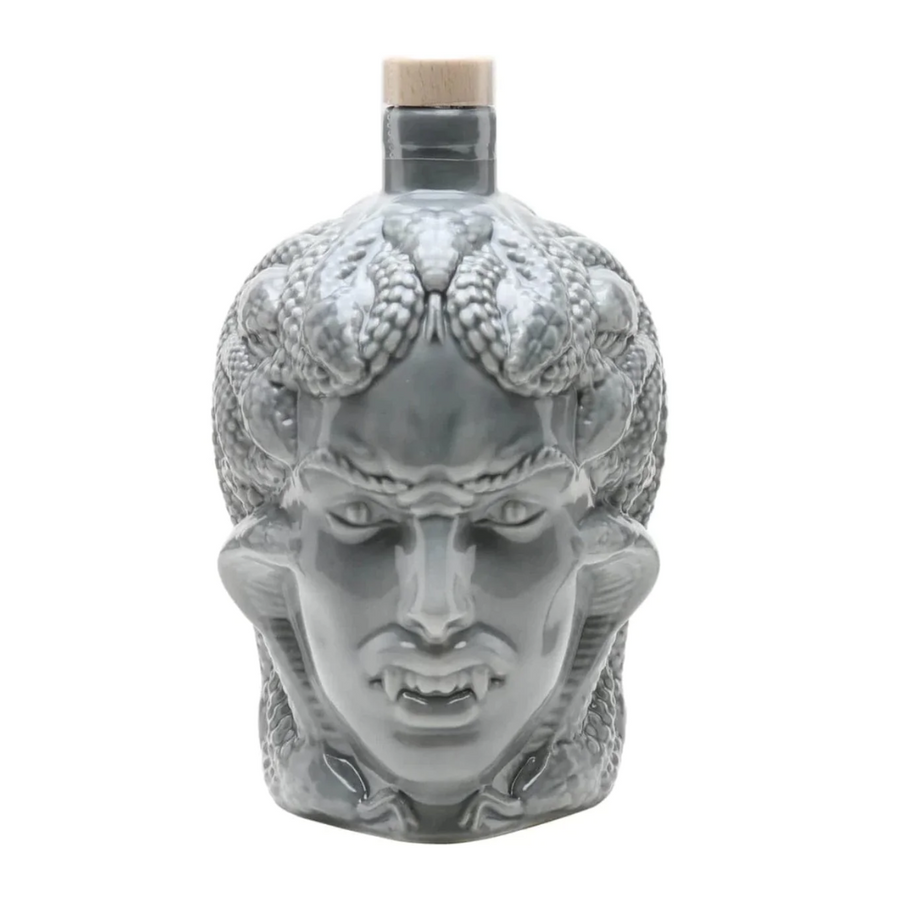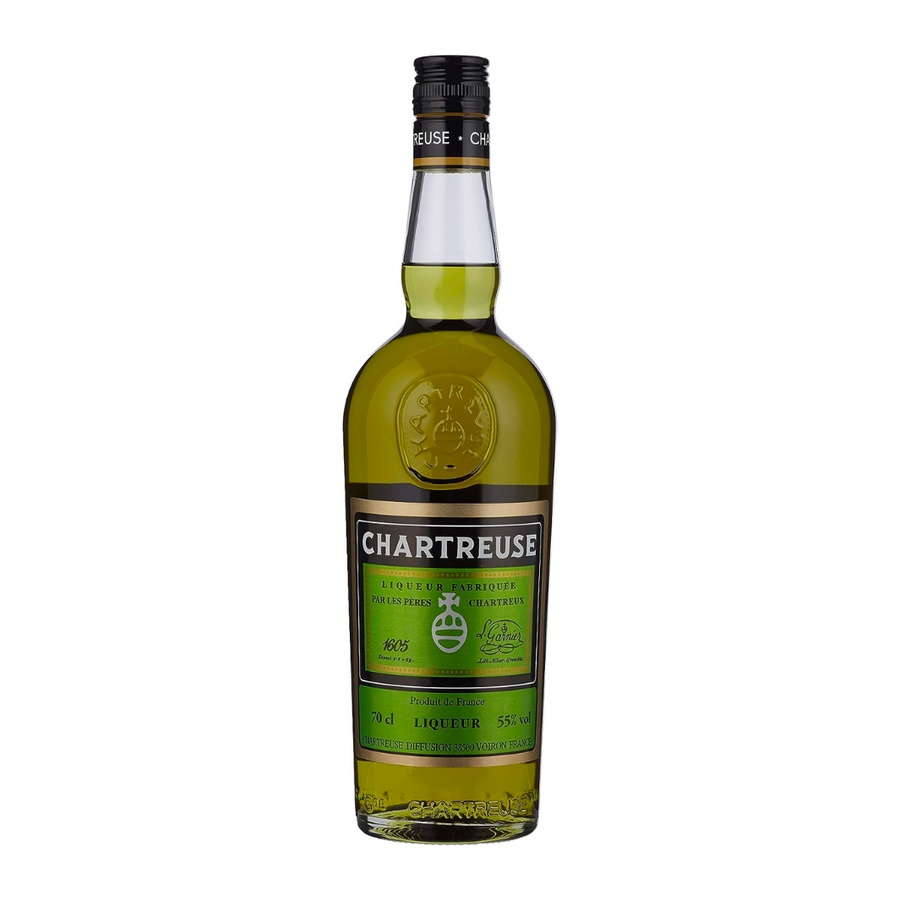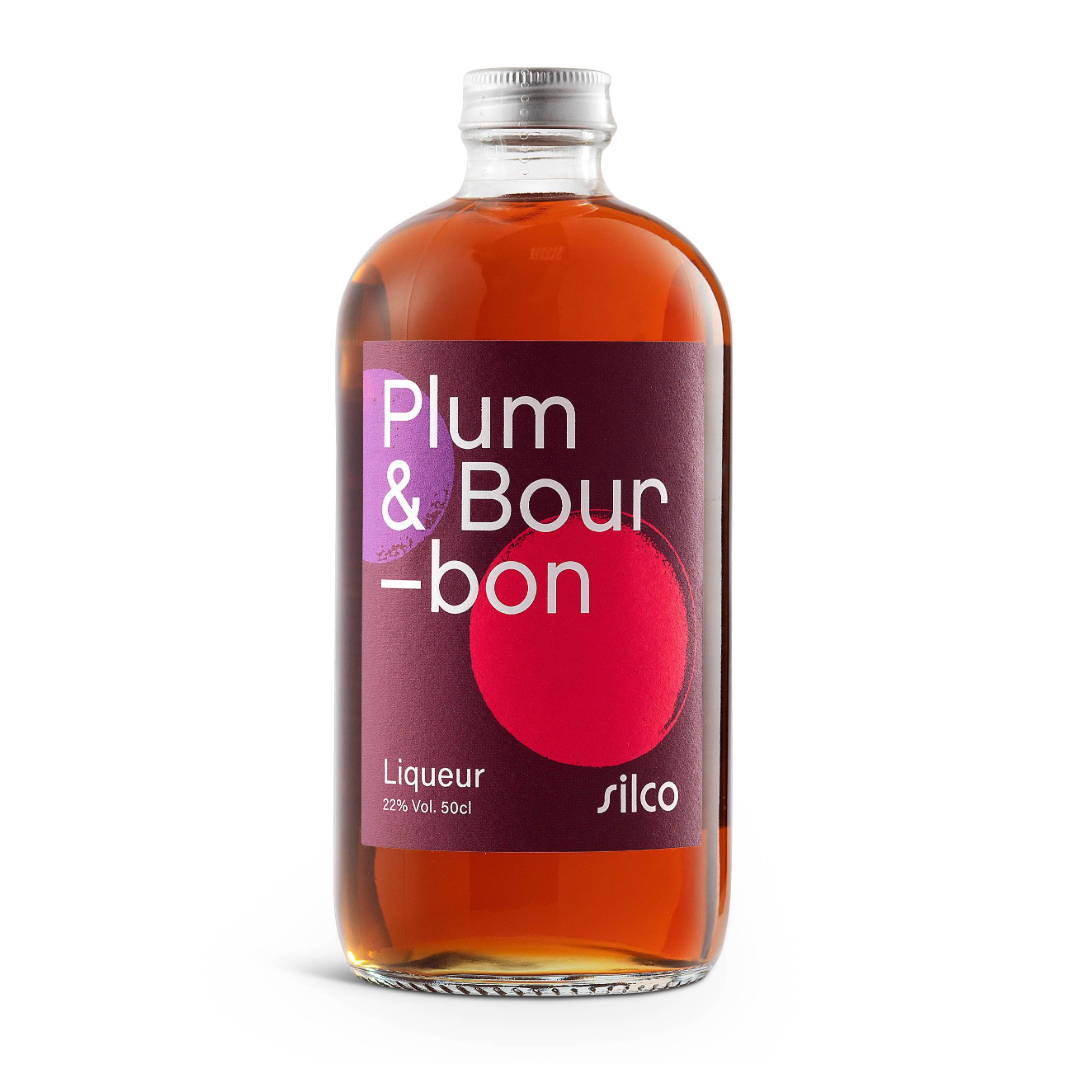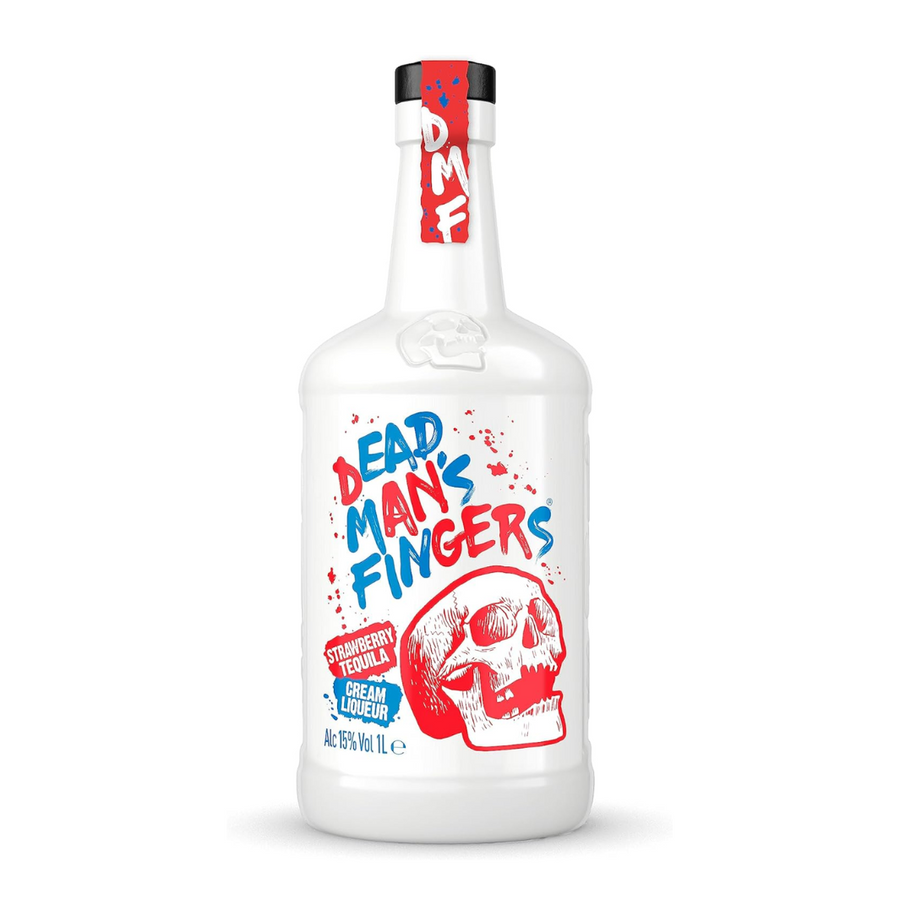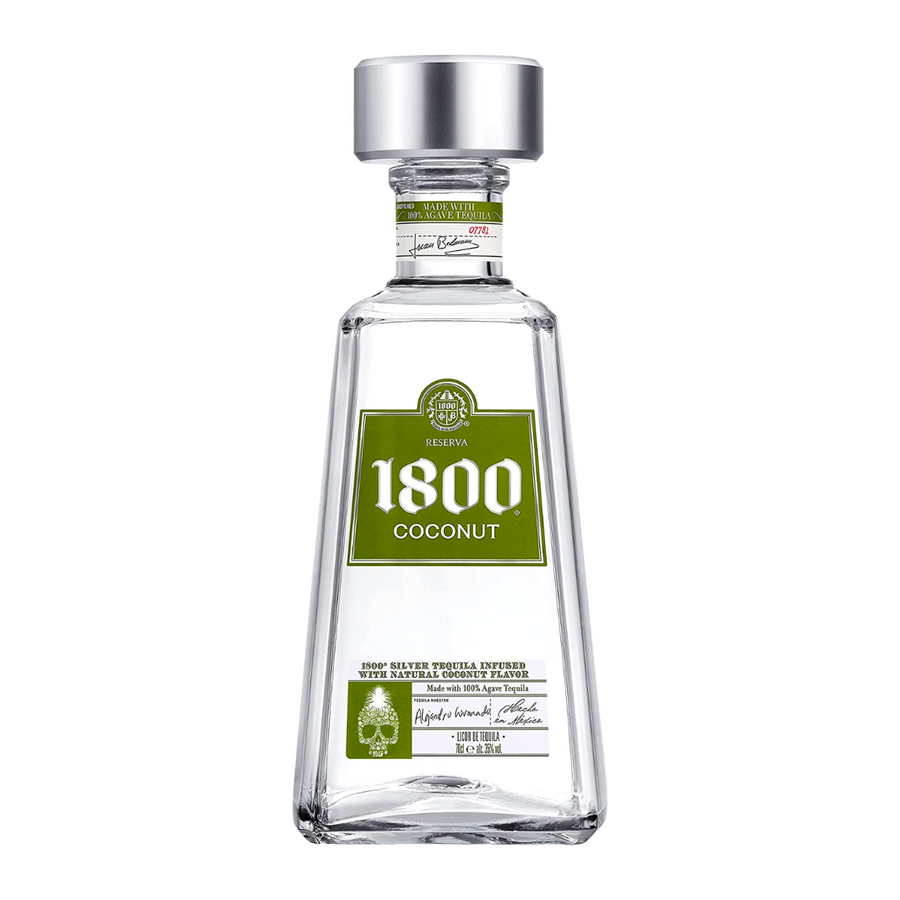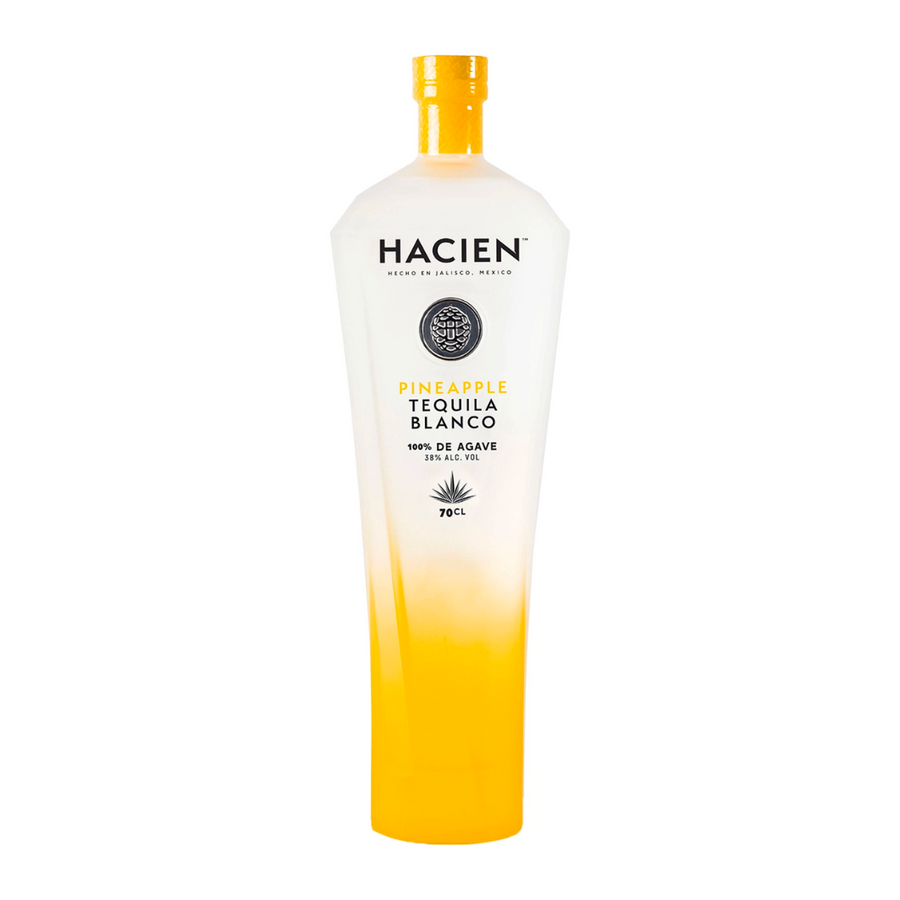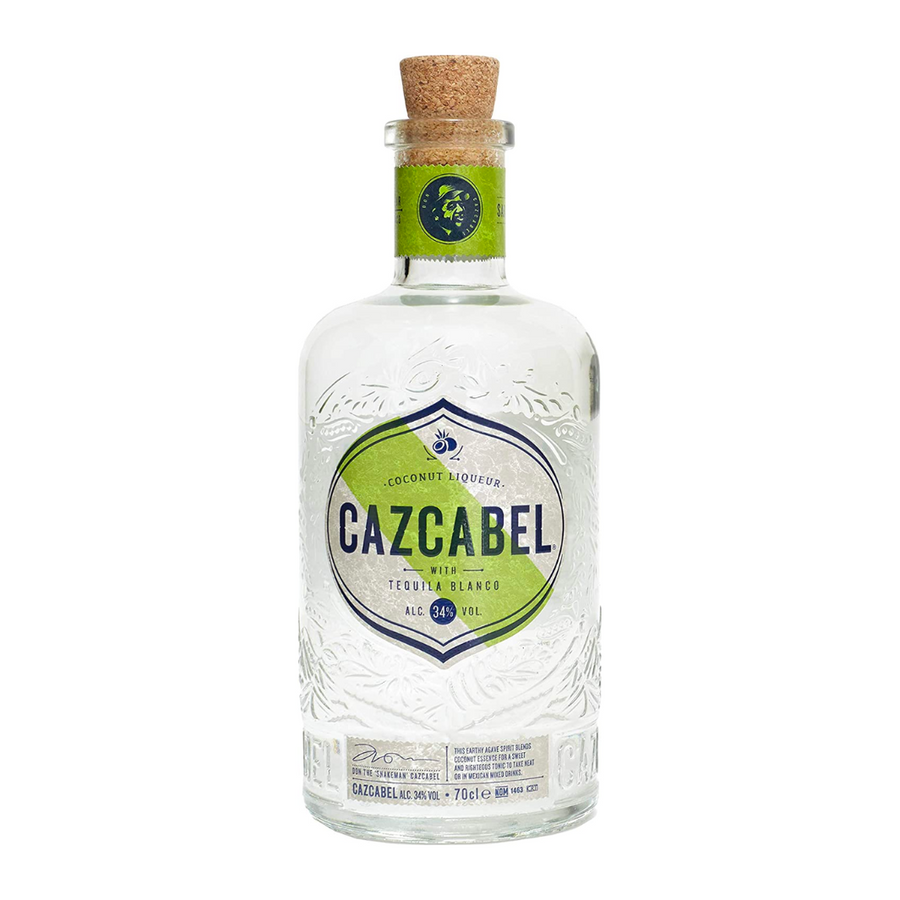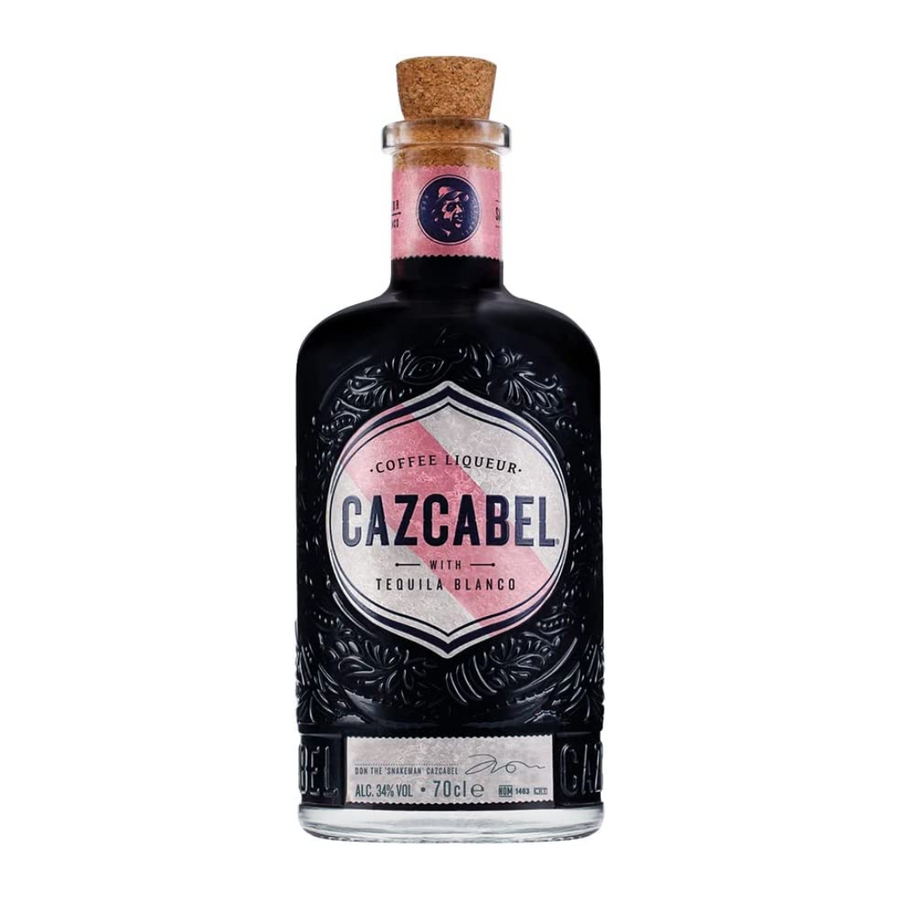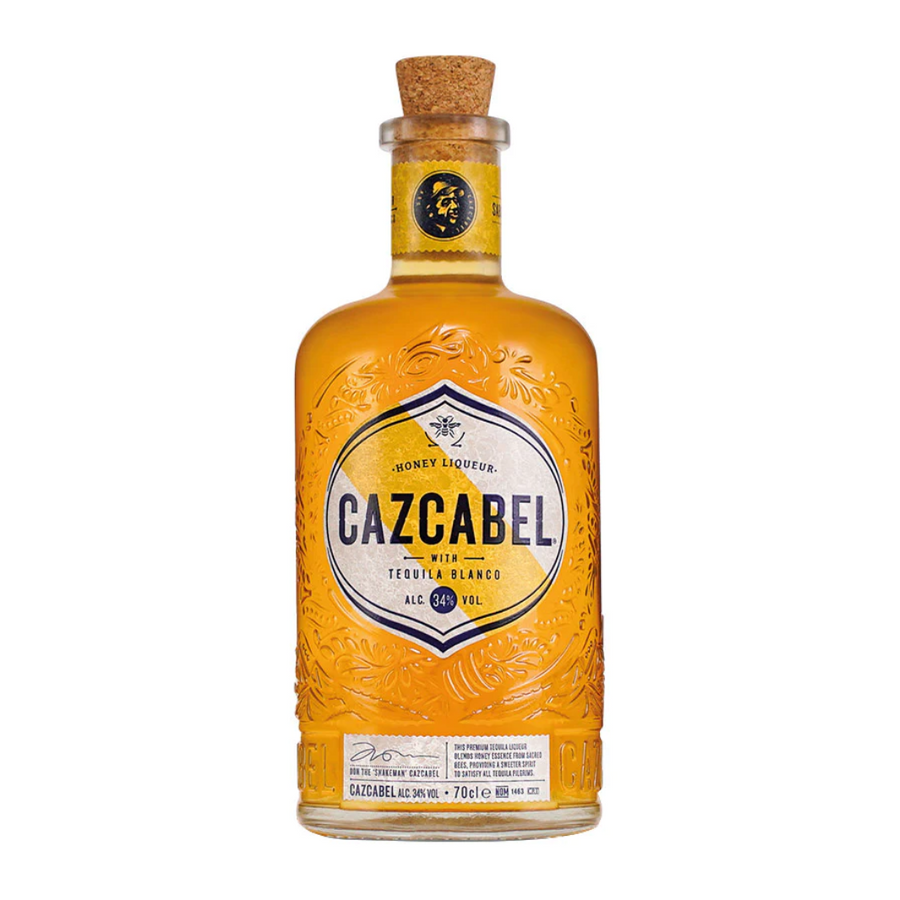Inside the Rum and Crab Shack in St Ives, Cornwall, freedom hung in the air. It was here that a spiced rum took shape, created to break with convention. Restaurateur Neythan Hayes turned from tradition and embraced new flavours. Cornish saffron cake and Pedro Ximénez ice cream blended with nutmeg, vanilla, and a touch of orange. The result was a distinctive spiced rum, smooth on its own and versatile in cocktails thanks to its lingering orange notes.
What it lacked was a name. Among the Shack’s most popular dishes was crab, whose finger-like gills were known as “dead man’s fingers.” Legend claimed they were fatal to eat, although in truth they were simply unpleasant and always discarded. The phrase stood out because it avoided the usual pirate or Caribbean associations and somehow felt strangely fitting. Dead Man’s Fingers might have sounded bold at first, yet it worked. A skull on the bottle completed the identity and was said to honour the last soul reckless enough to taste those gills. The rum became more than a drink. It became a story shaped by flavour and the spirit of its creators.





